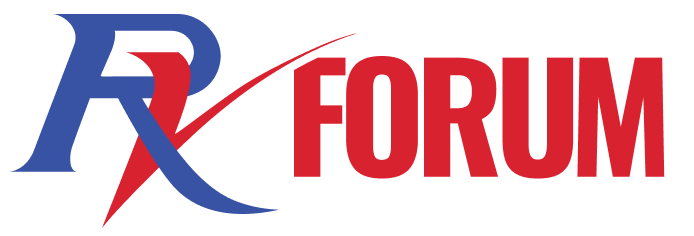When I got my Class A I did a bunch of the same looking around you are doing now.
Advantages and disadvantages of the different systems
Some vehicles are designed so they can be towed "4 wheels down" Generally (But check with the manafacturer) this includes all vehicles with a MANUAL transmission or transfer case (many 4x4s have transfer cases) but generally (Again CHECK WITH THE MANAFACTURER) does not include automatics of any kind,,, there are exceptions to both generallys however.
Now you have 4-down, modified, and there are two or three, depending on how you count, ways this is done, contact REMCO (logical url if memory serves, my main computer is in shop so I don't have my url memory handy) for information on vehicles that can be towed this way
1: Lube Pump: Simplist of all mods just plug it in, hook it up and you are good to go.... So long as the pump does not fail, transmissions start around 3,000 US dollars and are NOT covered by the REMCO warranty when the pump fails
2A: Drive Shaft Disconnect. This is for rear wheel driver vehicles (I think your Town and Country is such, but not sure) goes between the drive shaft and the rear end if I have seen the drawings properly.... You pull a lever in the driver's area and the drive shaft "Disconnects" (Spline clutch) from the rear end, you now have a 4-wheel trailer, there is no connection between the transmission and the road... Though in theory this type of device can fail... Well, this type of device is used on most every farm from the north pole to the south and baring customer damage, I've never heard of a failure... Even Amish use this type of clutch on some horse drawn stuff.
2B: Axel lock, This is based on the same type of technology used in the old Wagner Locking Hubs (manual) For Jeeps way back when, (many companies make simular hardware now) and also has a very, very, very, very low failure rate (Again, baring customer abuse/neglect, should outlast your car) to disconnect you have to reach behind the right front tire and twist a collar Again, once you do this there is nothing connecting the transmission to the road
With both 2a and 2b you tow with the transmission in PARK
NOTE: Do make sure it disconnects (I rock the car a bit by hand normally), if locked it won't rock)
WIth all the above you simply unhook your tow bar (For me that's two pins) and stow it (Fold it up and latch it on the back of the rig or fold it up and latch it on the front of the car depending on the model) or "Toss" the "A" frame under the rig (or fold it up on the car)
One person hook up and storage
Now we have trailers and dollies
Trailer-advantage-Any car that is under it's maximum weight (and your rigs when you add the trailer in) can be towed, ANY car, including rentals.friends, family, etc. YOU CAN BACK SUCH A TRAILER IF YOU KNOW HOW (I DO) Disadvantage: Weight, over 1,000 lbs (closer to 2,000 lbs) plus it's BIG and you have to do something with it when you park (my rig I could likely shove it under the back of the bus as it were, My Damon Intruder has a lot of rear ground clearance. That said, such a trailer would put me overweight for towing). You have to do a bunch of work to lock the vehicle to the trailer
Dollies.... Great for FWD cars but not so good for 4x4 or RWD's Smaller and lighter than a trailer, easier to stow (Espically if your rig has the clearance to push it under the rig) and often movable by one person.. However.... You have to do a lot of work to lock the car to the dolly, and you can't back up with these rigs (Same for 4wheel down by the way,, dno't back up, or at least don't back far or around corners)
I choose 2b above, axel disconnect
What ever means you choose to tow, make sure ALL wheels which contact the road have brakes As it happens in most every state brakes on the towed are required (Some cars can be towed w/o brakes in Texas, up to 4,000 lbs, my car is 4,000 lbs so I need brakes in all 50 states) (other states have different, lower, weight limits) but it truly is a safety factor, I've already been glad the towed brakes are active when it's being towed (As some jerk cut off nearly 30,000 lbs of MH+Towed)
Brakes good... No brakes = (If you have a front engine vehicle) Leaky radaitor (NOT GOOD)
My brother's rig (In his case it's a semi,deffently class "A", plated for 160,000 lbs, hauls steel) got one of those leaky radiators, (Suzsuki truck bounced off the median and landed crosswise in the road in front of not-so-little brother's Kittywomper, ur, Kennworth)
His share of the damage, that's what he has to pay to get his truck back (never mind the insurance share) 20,000
